Plum variety Tula black
Black Tulskaya is a local variety of Tula domestic plums (Prunus domestica) of medium late ripening. Perhaps, it is a seedling from free pollination of the Vengerka homemade variety. Its other names are Bryansk late, Prune Meshchevsky, Winter blue and Tula prunes. It was discovered and first described by the agronomist G. Ya. Serebro. Widely distributed in the Tula and Kaluga regions, as well as in the Moscow region.
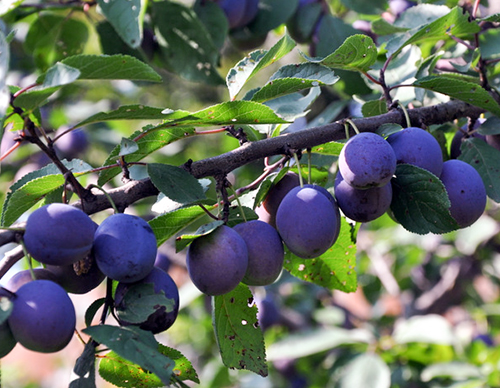
The trees are compact, with a dense oval crown. Due to clonal variability, their height varies from 2.5 to 4.5 meters. Leaves are oval-lanceolate, dark green in color.
Fruits are below average size (average weight - 15 - 20 g, maximum - 30 g), have a rounded-oval or ovoid shape. The color of the fruit is yellowish-green, the integumentary color is reddish-dark blue, almost black. The skin is thin, covered with a thick bluish-gray waxy bloom. Peduncles are of medium length and thickness. The stone is medium in size, it separates well from the pulp.
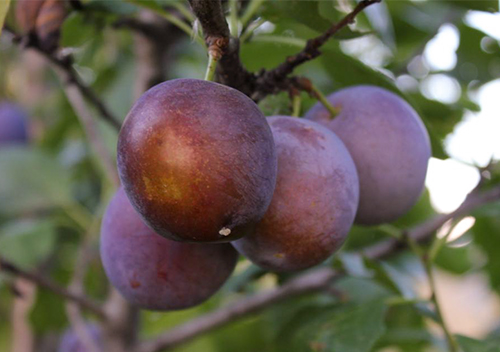
The pulp is greenish-yellow with a reddish tint, very juicy, of medium density. The taste is sweet and sour (the skin gives the berry sourness), satisfactory, according to the tasting scale it is estimated at 4.1 points. In the gardens located to the south, the taste of the variety is higher than in the northern regions.
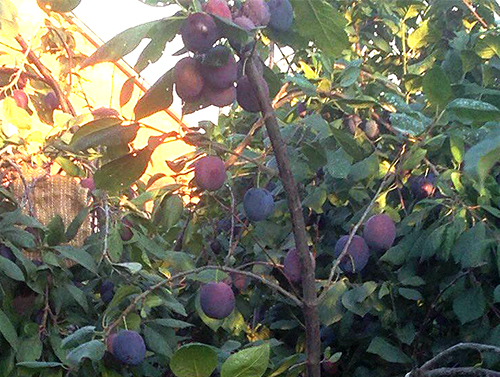
The variety is intended for processing (preserves, jams, compotes, juices, liqueurs
This plum is self-fertile. Fruiting is quite stable - only 4 lean years out of 17. Fruit ripening occurs in early - mid-September. Average yield - 12 - 14 kg / tree, maximum - 35 kg / tree.

Tula black is relatively resistant to fruit rot and klyasterosporiosis (perforated leaf spot). Overall winter hardiness is average, flower buds are below average. However, due to their high regenerative capacity, the trees are distinguished by their durability and good general condition.
In some years, due to drought, as well as due to the defeat of the seed-eater (thickened), unripe plums are heavily crumbled.
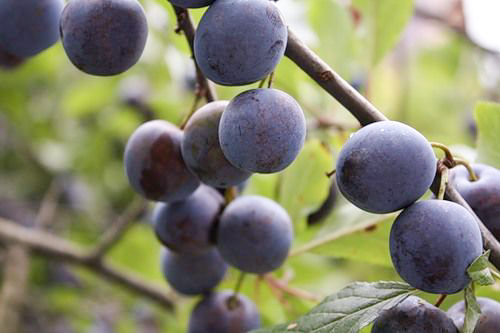
Tula black is well suited as a strainer. Propagated by shoots or grafting. Growth is usually produced by mature trees.
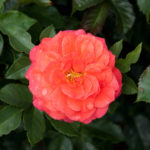
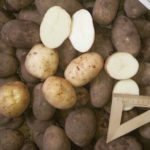

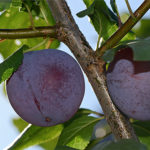

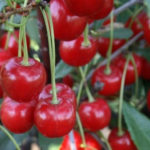



I have known this variety since childhood - almost all of my relatives had it growing on plots. I transplanted it to myself by simply digging up an underground shoot - I took three shoots. All three took root well, started growing very rapidly and got the first harvest in the third year. Fruiting is very abundant - sometimes you have to tie up the branches so as not to break off. Very resistant to freezing. It lends itself well to the formation of the skeleton after the 3rd year of growth. It is not resistant to all diseases - in hot weather, the fruits become wormy if they did not manage to process them in time. There is a lot of root growth - when planting, it is imperative to enclose it with basal "shields". The fruits are juicy. The bone is separated very well. Best for jam and marmalade. I made a tincture - it turned out fragrant. The biggest disadvantage is that it can begin to crumble before it is fully ripe.